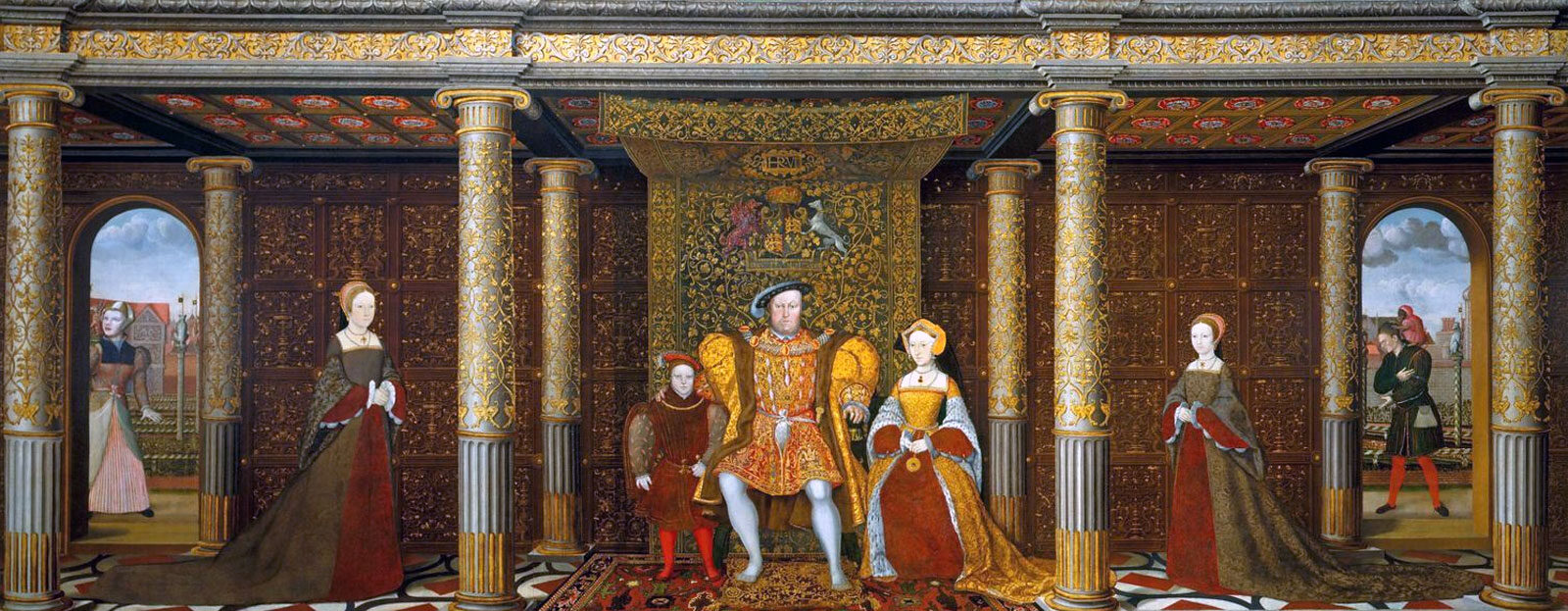Recently I’ve been enjoying books by Leanda de Lisle and Chris Skidmore, discussing the Tudor dynasty and their humble beginnings in Wales. However, one shining character stands out to me in the story of the Tudors, one who steps out of the shadows of history; that of Henry V’s consort, Catherine of Valois.
The story of the Tudors is that of a crown won on the battlefield, a king who beheaded two of his wives, and the age of Gloriana. But decades before Henry Tudor triumphed at Bosworth, a love story between a queen and her chamber servant changed the course of history.
Catherine of Valois was a French princess, and her marriage to Henry V was a deeply important alliance. It made the King of England the heir to all of France. Catherine would have expected that her sons from this marriage, and their sons and their sons, would be the future Lancastrian kings of England for centuries to come. However, the irony is that it was her second marriage which made her one of the founders of another dynasty which would rule England – the Tudors.
“….living in a state of limbo”
Then the swift hand of fate swept in, as it so often has during history. Catherine was only 20 years old when Henry V died, leaving a baby son to inherit the throne. Catherine was not permitted to be part of the council ruling England in her son’s name. Neither was she permitted to re-marry. She was living in a state of limbo. She was still so young, but she must have felt that her life was over; denied her role as queen by her husband’s unexpected death.
No one could have expected her to fall in love with a man as lowly as her chamber servant, Owen Tudor. There were no provisions against it as surely it was not possible for a woman such as her to want to do such a thing! This princess by birth, queen by marriage, mother of the king… how could she contemplate it?
But she had, and she had four children by him. As Henry VI grew into adulthood, his half siblings were made earls, not banished from court due to the lowly birth of their father. One of them, Edmund, married a wealthy heiress called Margaret Beaufort, who gave birth to a son – Henry Tudor.

The ‘founding father’: Henry VII of England (1457-1509)
Source: Wikipedia
Catherine was surely made of strong stuff! Secure in her position as mother of the king, and the love of her second husband, she had defied convention to follow her heart, and unwittingly created the future royal family. Her son Henry VI was ousted as king due to his periods of madness, and eventually her grandson Henry would be crowned Henry VII. Perhaps it was thinking of his grandmother’s strength which kept Henry Tudor going during his long exile from England. Maybe it manifested itself in the forthrightness of her great-great granddaughters, Mary I and Elizabeth I.

The Family of Henry VIII, c. 1543-1547. Unknown artist, after Holbein (Hampton Court Palace. © The Royal Collection)
Source: Luniarium
Whatever her amazing legacy, Catherine wins my admiration for standing up for herself in an era completely dominated by men. She deserves more attention from today’s historians and authors for her story and her character. If she had not defied the marriage rules of her time, history would have missed out on one of the most famous and popular royal families in the world – the Tudors.








